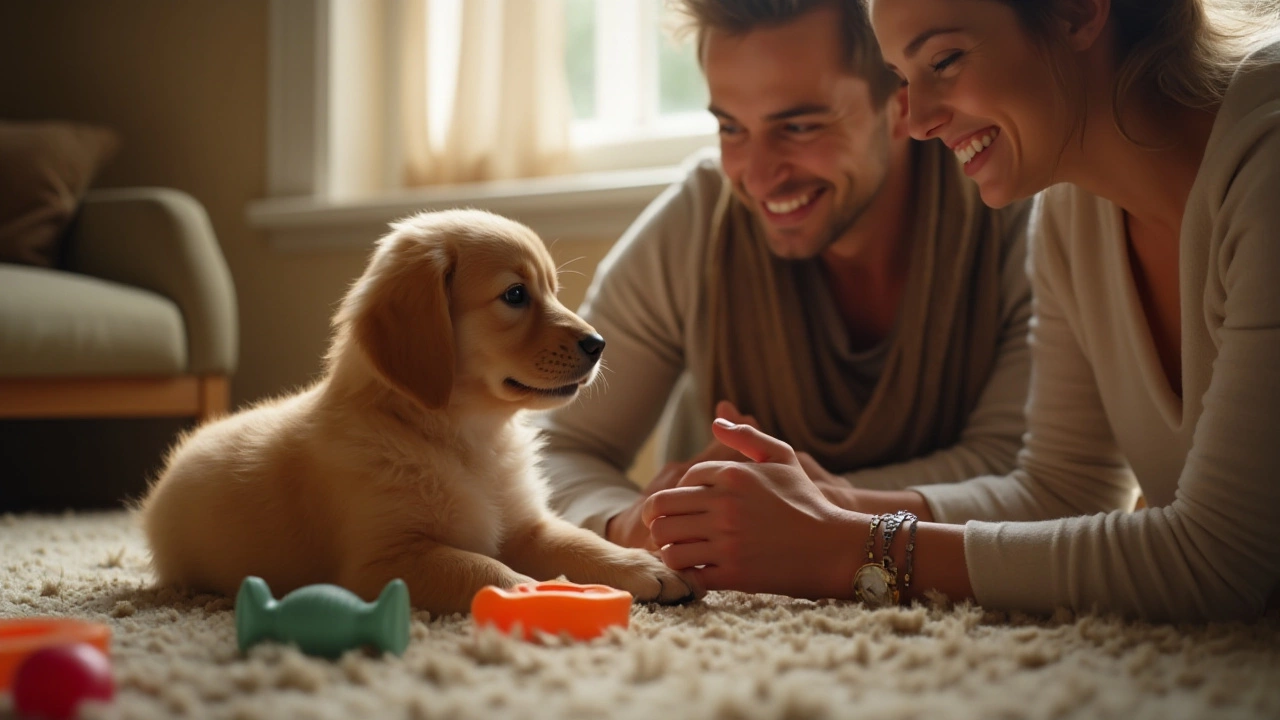Puppy Obedience Basics: What Every New Owner Should Know
Got a new pup and wondering how to get them to listen? The good news is that obedience starts with everyday moments, not a fancy class. Keep sessions short, rewarding and consistent, and you’ll see progress fast. Think of training as a two‑way conversation – you give a cue, your puppy replies, you reward. That simple loop builds trust and makes the dog want to please you.
Start with the Core Commands
The first three words to master are sit, stay and come. Use a tasty treat as a lure, say the command clearly, and reward the correct response within two seconds. Repeat 5‑10 times a day in different rooms, then drop the treat after a few successful tries. Your pup will learn that the word itself means something good.
While you’re at it, add a leave it cue to stop unwanted chewing or grabbing. Hold a treat in a closed hand, say “leave it,” and wait until the puppy looks away. The moment they do, give the treat from the other hand. This teaches impulse control and saves you from a lot of broken shoes.
Turn the House into a Training Playground
Every hallway, couch and doorway is a chance to reinforce obedience. Walk your puppy past the sofa and ask for a sit before you proceed. Ask for a stay while you open the front door, then release with a cheerful “okay!” This way the dog learns to obey in real‑life situations, not just in a quiet room.
Crate training fits right into obedience too. Use the crate as a safe space, not a punishment. Feed meals inside, drop a chew toy, and let your puppy settle. When they go in on cue, reward them. Over time they’ll view the crate as a calm spot, which helps with stay and settle commands.
Remember to keep training fun. End each session on a high note with a game of fetch or a quick romp. A happy pup is a motivated pup, and you’ll find they’re more eager to repeat the behaviors you’ve taught.
Need more ideas? Check out our articles on "When to Let Your Puppy Roam the House" and "Effective Ways to Teach Your Puppy 'No'" – both packed with step‑by‑step advice that matches the tips above. With patience and consistency, your puppy will grow into a well‑behaved companion who loves to please.

When Do Puppies Start Responding to Commands?
Training a puppy to obey commands is a crucial aspect of pet ownership. Puppies can start learning basic commands as early as eight weeks old, although patience and consistency are key. Using toys can aid in reinforcing obedience by providing visual and tactile cues. This article explores the timeline of puppy obedience, offering tips on incorporating toys to make training both effective and enjoyable.
View more